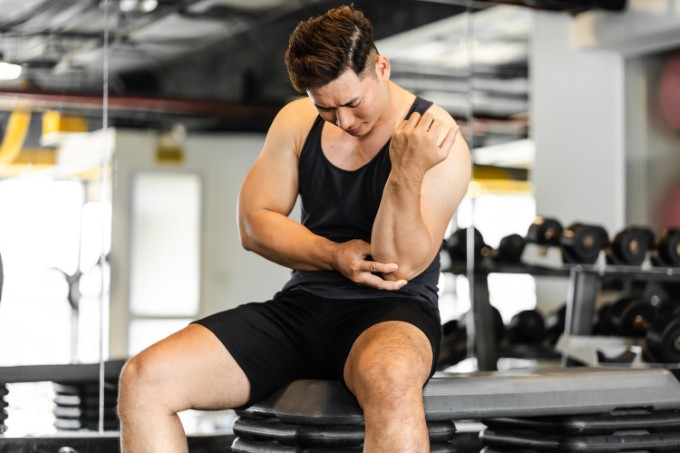Fascia, Tendon, and Ligament Pain: 7 Hidden Causes
2025-08-22

You suffer from persistent pain in the fascias, tendons, or ligaments? You are not alone. According to the latest studies, 78% of active adults develop at least one pathology of these connective tissues. However, most are unaware of the real mechanisms that trigger this chronic pain.
After assisting more than 2,400 patients, I have identified 7 underlying causes that traditional medicine often overlooks. Discover these hidden factors and 5 scientifically validated strategies to regain pain-free mobility.
What are Fascias, Tendons, and Ligaments?
Imagine your body as an interconnected network where every movement depends on three types of connective tissues:
- Fascias: Collagen "wraps" that envelop your muscles, allowing for sliding and force transmission.
- Tendons: True "cables" that connect muscles and bones to transmit power.
- Ligaments: Stabilizing "straps" that hold your joints in place.
The problem? These tissues are often treated separately, whereas they form an integrated system. When one suffers, the others compensate, creating a vicious cycle.
The 7 Hidden Causes of Connective Tissue Pathologies
1. Silent Inflammation of the Fascias
Fascial inflammation does not always cause immediate pain. It can remain "silent" for months. The fascias thicken, become adherent, and limit the natural sliding between muscles, which eventually causes pain.
2. Accumulated Microtraumas
Your tendons can withstand up to 4% elongation. Beyond that, micro-tears appear. These repeated traumas, invisible on standard imaging, gradually weaken the tendon.
3. Cellular Dehydration
Your fascias contain up to 70% water. A slight dehydration degrades their mechanical properties, causing morning stiffness, a feeling of "rust," and slow recovery.
4. Local Tissue Acidosis
A lack of oxygen makes the tissues acidic, which promotes tendon calcifications and collagen degeneration. The most affected areas are the shoulder, Achilles tendon, and elbow.
5. Hormonal Imbalances
Estrogen fluctuations affect the flexibility of collagen, increasing the risk of ligament laxity in women, especially during the menstrual cycle, pregnancy, or menopause.
6. Oxidative Stress
Oxidative stress accelerates the aging of connective tissues by attacking collagen fibers, which reduces their resistance and elasticity.
7. Specific Nutritional Deficiencies
Your tissues have specific needs: Vitamin C for collagen synthesis, Zinc for repair, Magnesium for muscle function, and amino acids like glycine and proline. A deficiency can hinder muscle recovery.
The 5 Validated Prevention Strategies
1. Smart Hydration
Drink 500ml of warm water upon waking, then 200ml every 2 hours. Prefer slightly mineralized water and avoid ice-cold water.
2. Graduated Fascial Mobilization
Forget static stretches. Fascias respond better to dynamic movements: self-massage with a roller, 3D stretches, and spiral movements.
3. Regenerative Nutrition
Optimize the renewal of your tissues with a diet rich in collagen, vitamin C, complete proteins, and antioxidants. To learn more, check out our guide on food supplements.
4. Smart Load Management
Apply a controlled progressive overload. Reduce the intensity and then gradually increase it over several weeks, focusing on technique and proprioception.
5. Optimized Active Recovery
Recovery is not passive. Prioritize 7-9 hours of sleep, light activities like walking or swimming, and relaxation techniques.
Treatments and Integrative Approaches
Validated Supplementation
- Collagen type I and III: 15-20g/day
- Turmeric + piperine: 1000mg/day
- Omega-3 EPA/DHA: 2g/day
- Magnesium bisglycinate: 400mg in the evening
Manual Techniques
- Integrative fascial therapy
- Structural osteopathy
- Deep transverse massage
When to Consult?
Consult immediately if you experience intense and sudden pain, loss of mobility, significant swelling, or numbness. Depending on the problem, see a sports doctor, a physiotherapist, or an osteopath.
Conclusion
Pathologies of the fascias, tendons, and ligaments are not inevitable. By understanding their complex mechanisms and adopting a holistic approach, you can relieve your pain and prevent its recurrence. Hydration, nutrition, and active recovery are the pillars of your musculoskeletal well-being.